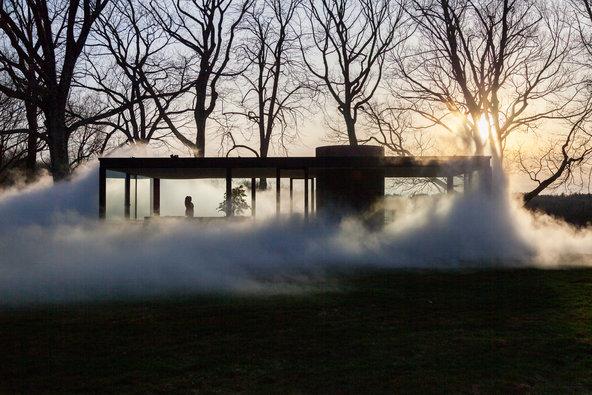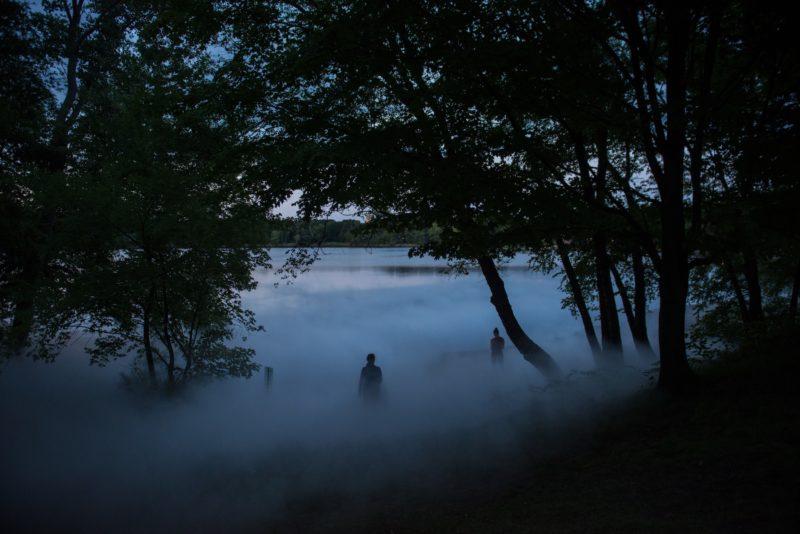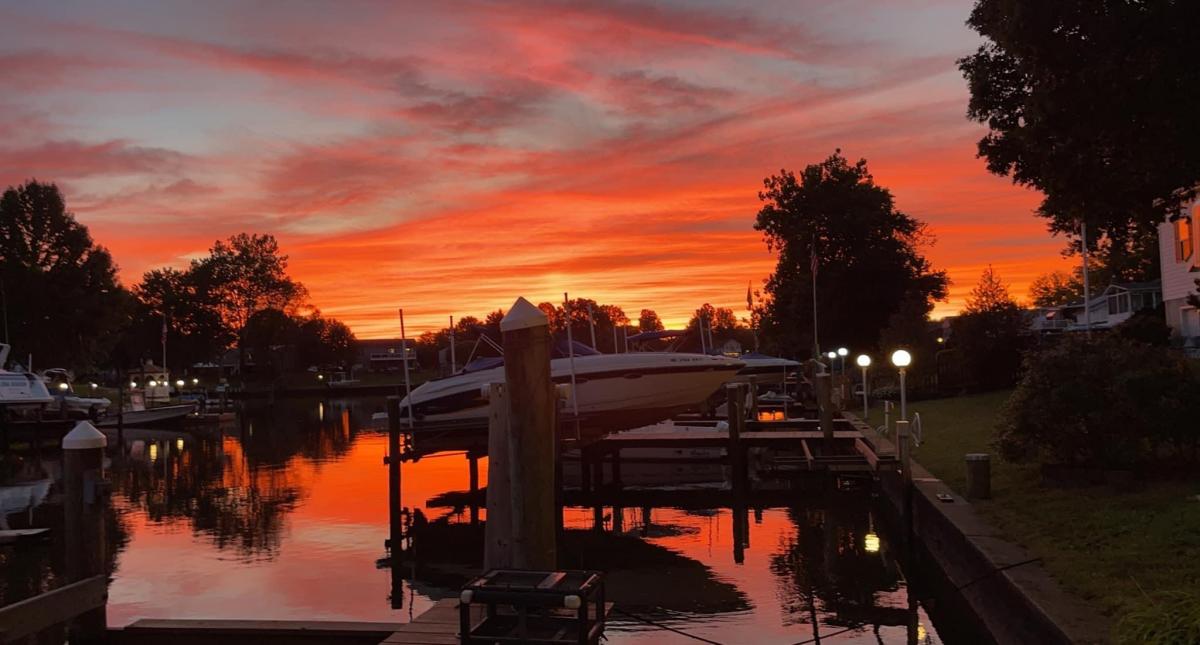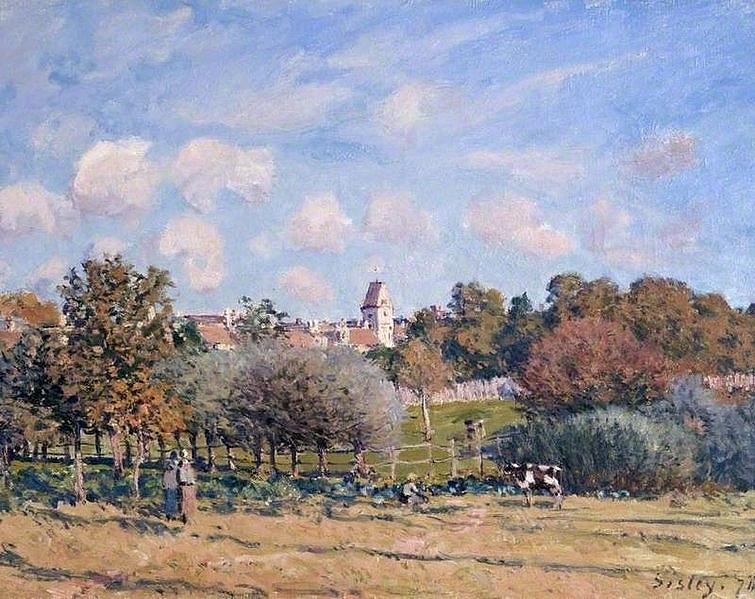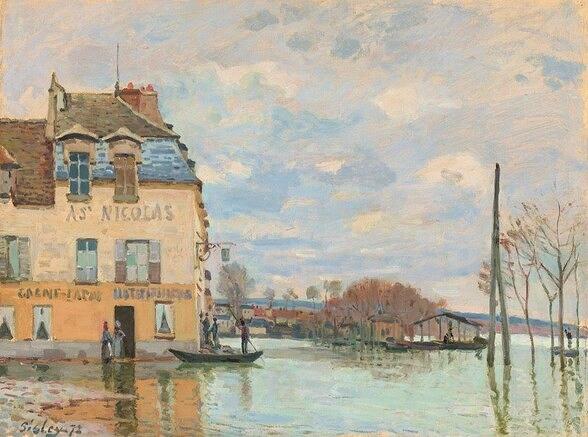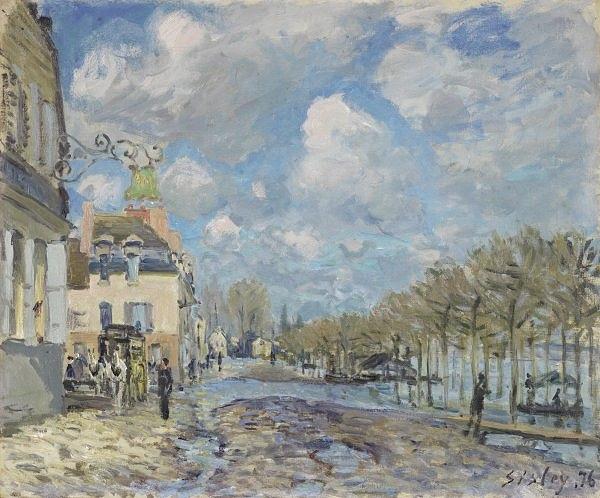Anyone who knows about the career of Krista Pettit will tell you that every decision she has ever made was based on her relationship with God. And it starts with the simple question of where her work will be most helpful in carrying her faith forward.
There are quite a few examples to highlight this sense of calling, but the one that many on the Mid-Shore know her from is her pioneering work in Queen Anne’s County to find shelter for the homeless. With that conviction of divine blessing, Krista reached out 18 years ago to the county’s churches to help establish Haven Ministries and built a coalition of support to create safe and clean housing for those truly experiencing hard luck.
Almost two decades later, Krista again turned to God for the next chapter of her faith’s journey. And this time, the calling was from her own community of Cambridge, where she and her husband had raised their family. And once again, she sought out partnerships with the town’s churches and collectively believed that a faith-based community center and food pantry was of the greatest need. And therefore, the genesis of One Mission was born.
Now with doors open on Race Street, One Mission has started to roll out several essential support programs for people in need. The Spy walked through those storefront doors the other day to hear more from Krista on what is planned.
This video is approximately four minutes in length. For more information about One Mission Cambridge please go here.








